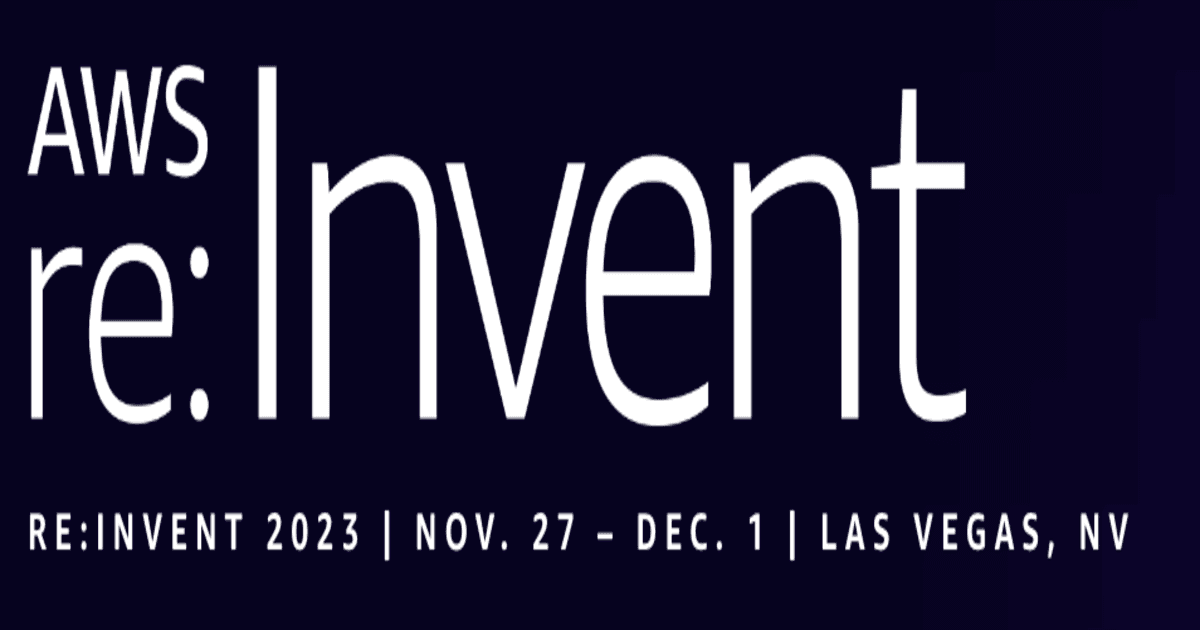
My top picks of re:Invent 2023
Here is my favorite list, in no particular order...
P.S. More content coming soon, especially around how you can use this from your Go applications and some open-source integrations as well. Stay tuned!
Don't forget to activate vector search while creating a new MemoryDB cluster!
Any opinions in this post are those of the individual author and may not reflect the opinions of AWS.
